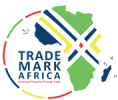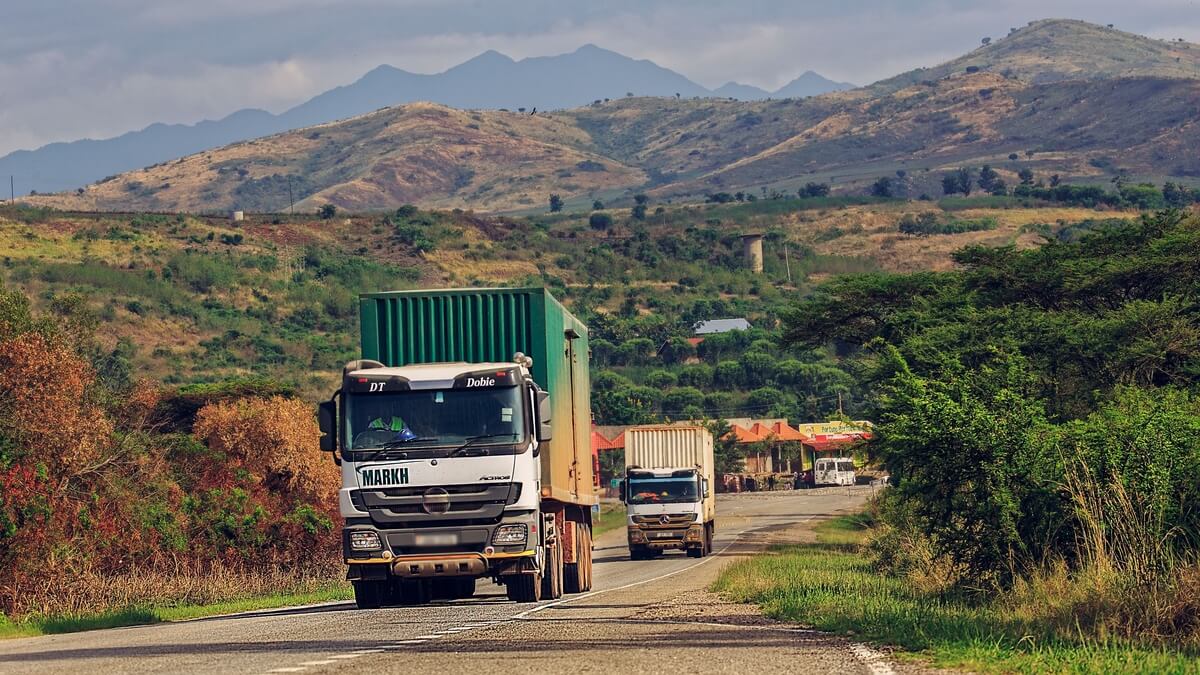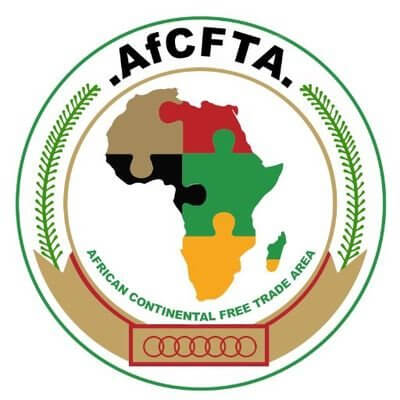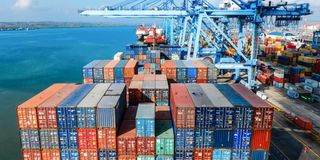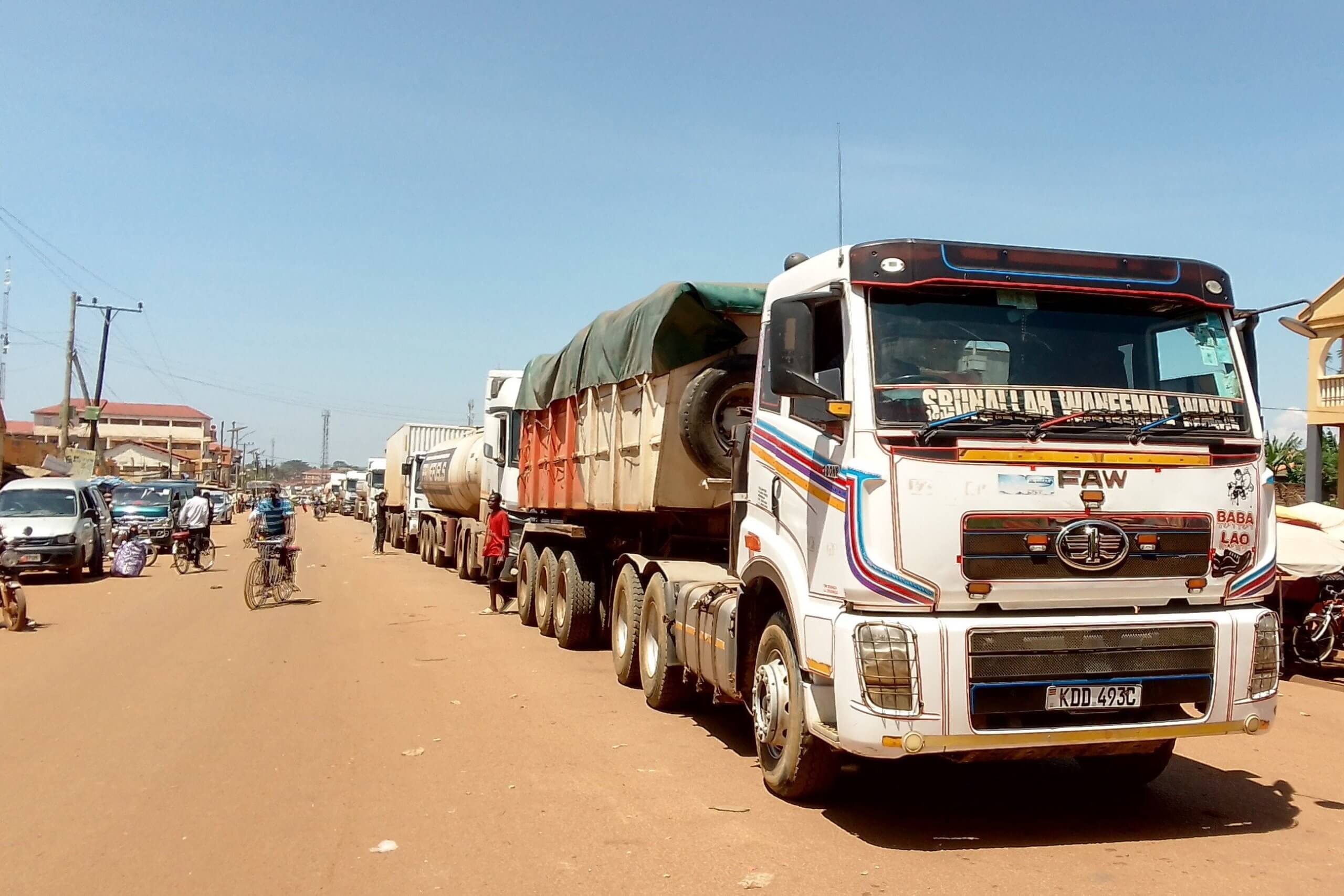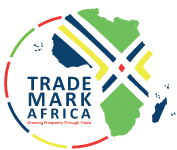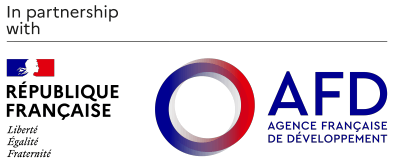Non-tariff barriers (NTBs), a complex web of regulatory and procedural stumbling blocks, are mounting considerable challenges for businesses within East Africa. These barriers, stretching beyond conventional tariff measures, are stifling the free movement of goods and services, consequently escalating operational costs and hampering trade in the region. NTBs: Obstructing Aspirations of Regional Integration These hindrances are emerging as a formidable threat to the hopes of regional integration among East African nations. The pursuit of a unified market, with its promise of fostering economic growth and competitiveness, is being thwarted by NTBs. The business environment is complicated by these barriers, which discourage cross-border trade and deter potential investors. Impact on Economic Development The elimination or significant reduction of these barriers is viewed as crucial in realizing the envisioned level of integration. Such a level is expected to stimulate investments, bolster intra-regional trade, and spur economic development in East Africa. However, the persisting presence of NTBs poses a significant challenge to this ambitious blueprint. Climate Reality and Economic Disruption In parallel, the Middle East and Central Asia are grappling with a grim climate reality. The regions are witnessing temperatures rising at double the global average, along with increasingly unpredictable and scarce rainfall. These adverse climate conditions are poised to exacerbate existing conflicts and disproportionately affect fragile states. The economic disruption that ensues is set to intensify. Despite the challenging climate situation, many countries within these regions are initiating measures to mitigate the impacts of climate change. Nevertheless, the need for more ambitious...
Non-Tariff Barriers Thwart East Africa’s Integration; Climate Crisis Grips Middle East and Central Asia
Posted on: November 30, 2023
Posted on: November 30, 2023
